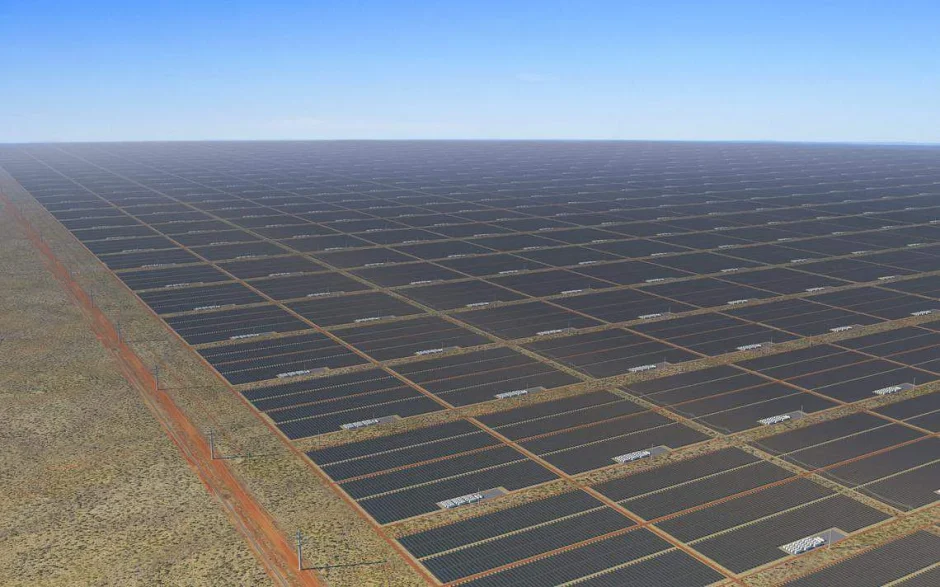- Long-distance power-line technology is rapidly improving
- Advocates claim that a continental grid would accelerate the energy transition
The plans for a web of sub-sea cables establishing a continental power system spanning Japan to India are gradually becoming cheaper and feasible.
The evolution of high voltage, direct current technology and the ability to lay cables at a depth of up to 3,000 meters has strengthened the prospects of a network. However, it may help to move renewable energy to consumers thousands of miles away.
On Wednesday, in a report, the Asia green Grid Network said that it has become more possible to connect energy grids over long distances in an economical manner. Moreover, making it a reality will require overcoming a series of challenges.
The group, which includes Sun cables, predicts that a pan-Asia grid’s main transmission lines may cost $77 billion to $116 billion. However, the network suggests investing in renewable energy, batteries and voltage converters. The government and the dedicated sector have been planning to connect power plants and customers across Asia for decades. But every time faced, various issues either by the government or due to the lack of infrastructure funding.
China’s State Grid Corp. estimated that by 2050 such a grid would cost about $50 trillion. Supporters see a possibility to accelerate the green transition by cutting down the gap between heavy electricity users and industrial hubs, including the renewable energy produced in areas with substantial sun, wind or hydropower resources.
Asian grid integration is still in its early stages if we compare it to European interconnections, although it is progressing. However, this year, Singapore started getting hydropower from Laos, linked through Thailand and Malaysia.
China is another country planning to deploy similar ideas on a national scale. This will include the installation of thousands of kilometres of ultra-high voltage lines. It will help to link power plants in western deserts to urban centres in the east.
The Asian Grid Network was launched in collaboration with multiple universities in Australia and Singapore. Universities. The research departments of these universities are working on developing a comprehensive Regional Power Network.
Read more:












